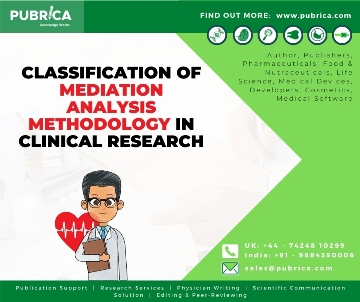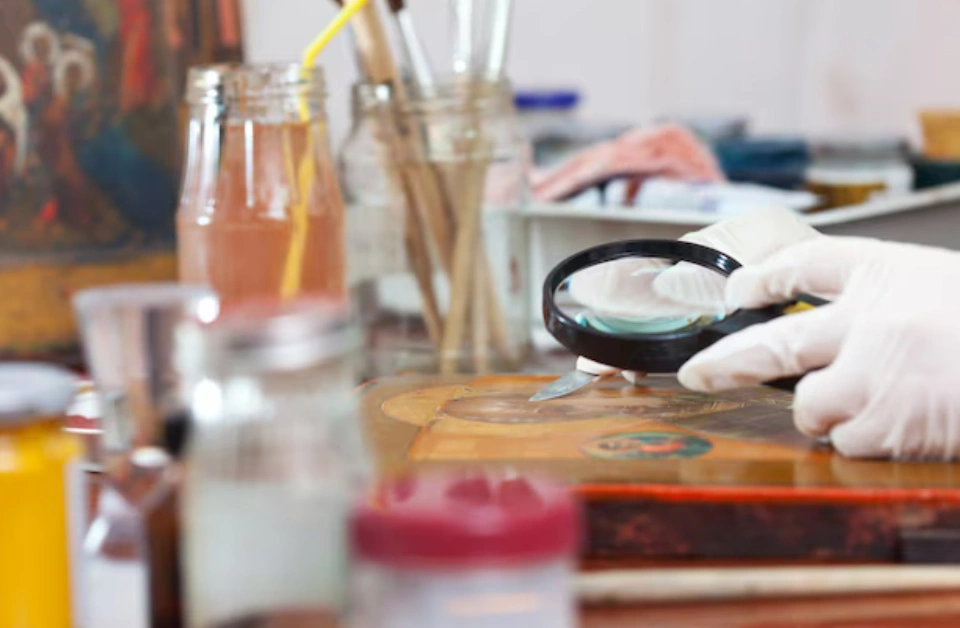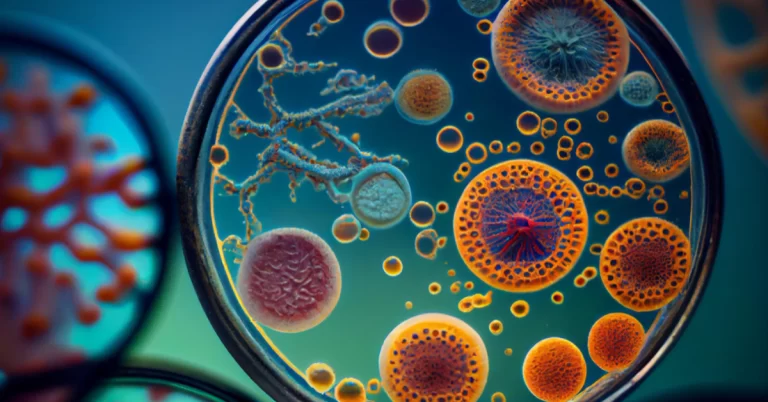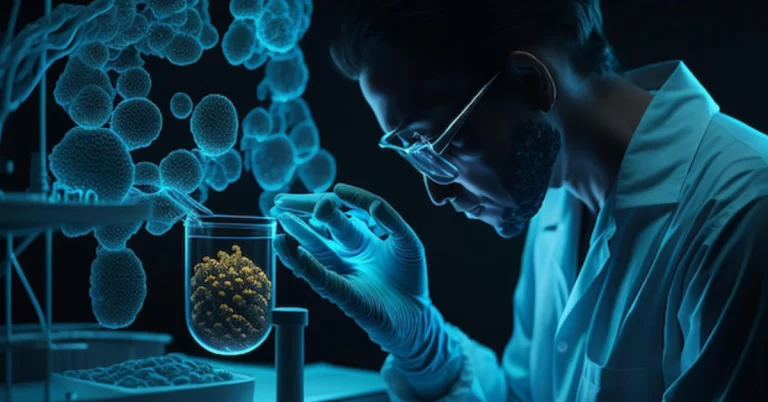
Classification of mediation analysis methodology in clinical research
September 3, 2020
Peer-Review Guidelines for Writing Psychology Papers
September 11, 2020Organ manufacturing technology is a sequence of elegant technique which can be used to produce human organs based on bionic principle. From the past last ten years; outstanding progress has been completed in the development of numerous organ manufacturing technologies. Organ manufacturing technology can be classified into three groups: 1. Fully mechanized; 2. Semi mechanized; 3. Hand-worked; each has its own advantages and disadvantages for artificial organ manufacturing. One of the best techniques in artificial organ manufacturing is to connect both the process like three-dimensional printing technique andnaturally assemble personal cells along with another biomaterial to develop unique organ replacement for human organ failure and damaged organs.
In-brief
Organ transplantation is the most effective in cost andtreatment for end-stages like renal failure, and forthe end-stage loss of organs such as liver, lung and heart, it is the only available treatment. The approaches of manufacturing organsare “the production of product for use or sale using labour, machines, tools, and chemical and biological changes.” It is closely related to engineering, industrial design, and development in materialproperties.Mainly, our technical team proudly supports research proposal writing services in medical research;themain aim of the research proposal is to afford convenience ininvestigations to study a specific topic in depth.
Ethics of testing manufacturing organs
The method needs to be in line with different protocol to show on Human Right and biomedicine on organ manufacturing, organ transplanting and tissues of a human. Then the council of Europe’s resolution on resolution and compatibility of regulation of members states describe to removal, implanting and transplantation of human’s substance to ensure that all condition of organ transplantation, tissue and cell banking and manufacturing organs confirm to ethical standards. In case of any interference in the field, then organ, tissue and cells transplantation should be carried out followed by applicable professional obligation and standards. There are so many ethical research proposals help service available to reduce your pressure.
Examples of ethical issues in organ manufacturing
Tissue Engineering (tissues)
Goal: The main aim of this tissue engineering is to separate living cells from a small tissue sample, multiply them in the research laboratory and then test them on biomaterials or biocompatibility structure that control cell development into working tissues for implantation.
Risks of harm to humans
The hype of any material in the body carries with it some risk that the body will recognize it as a foreign materials invader and engulf it with macrophages, resulting in inflammation. After implantation, possible defective tissues, teratoma, or the dislodgement and migration of implant materials and cells, are compounded by the fact that the implantation may be an irreversible process. Tissue engineering frequently uses biodegradable components (e.g. polylactic acid) in the tissue scaffold. The use of degradable materials in an implant increases the risk of harm to the recipient because the degradation produces by-products which can then move through the bloodstream. The materials must be designed to pass through the renal system without harming the body. Risks associated with biodegradation by-products include cytotoxicity, clotting, inefficient excretion resulting in a build-up of toxins in the body, and migration of products resulting in the disruption of another organ. Goal: Bioprinting process often involves extrusion of cells, encapsulated in a synthetic scaffold medium, through a narrow nozzle, subjecting them to high shear forces.
Risks of harm to a human
Although shear Bioprinting forces are typically minimized to have no impact on cell survival, transient forces may still activate mechanotransduction pathways which could disrupt the normal function of the cells. In particular, the quick details may act to direct stem cells towards an undesired lineage 3D Bioprinting process often requires a curing step whereby the printed (liquid) bio-ink is transformed into a more concrete form. This curing step usually involves exposure to UV light and crosslinking initiation chemicals. Again, though the toxicity of curing is screened in the short term, the ultimate effects of such disclosure may include DNA damage and may not be apparent until after implantation.
Conclusion
From various concerns raised above, itsevident that the ethical issues in manufacturing organs are more than just about our freedom to use any biological item with any biomaterial ink. Our expert team can do in both qualitative and quantitative researches proposal writing which include subject matter materials like medical research.
References
- Gilbert, F., O’Connell, C. D., Mladenovska, T., & Dodds, S. (2018). Print me an organ? Ethical and regulatory issues are emerging from 3D bioprinting in medicine. Science and engineering ethics, 24(1), 73-91.
- Murphy, S. V., & Atala, A. (2014). 3D bioprinting of tissues and organs. Nature Biotechnology, 32(8), 773-785… Gilbert, F. (2015). Self-estrangement & deep brain stimulation: Ethical issues related to forced explantation. Neuroethics, 8(2), 107-114.
- Atala, A., Bauer, S. B., Soker, S., Yoo, J. J., & Retik, A. B. (2006). Tissue-engineered autologous bladders for patients needing cystoplasty. Lancet, 367(9518), 1241–1246.
- Cohen, I. G. (2013).The Journal of Law, Medicine & Ethics, 41(1), 269–285.





